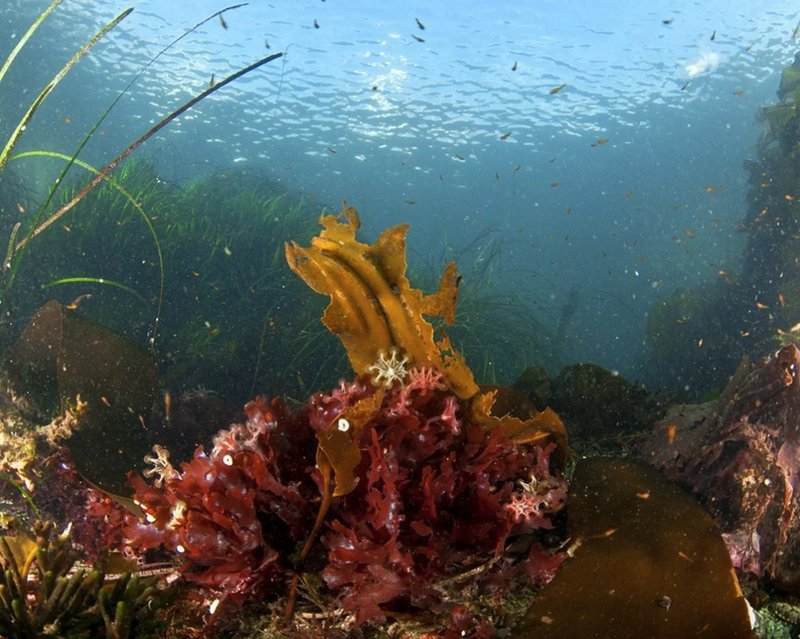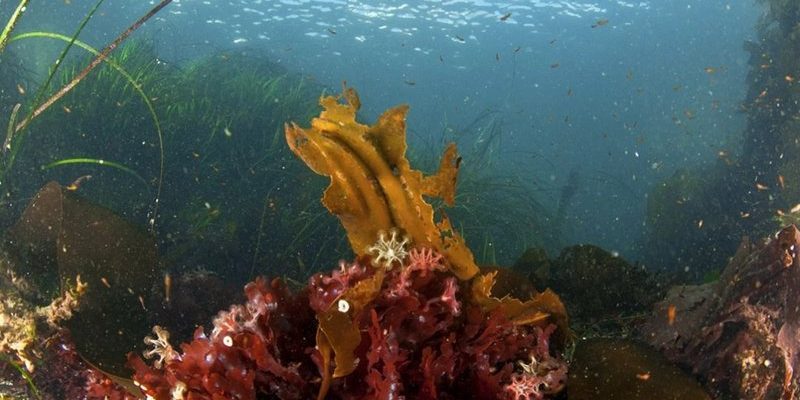
Box jellyfish are primarily associated with the warm waters of the Pacific and Indian Oceans. They thrive in shallow coastal waters, often found near river mouths, bays, and estuaries. The combination of warm water and abundant food sources makes these regions perfect for their growth and reproduction. Just like a cozy café is perfect for a good chat, these habitats offer the ideal environment for box jellyfish to flourish.
So, let’s dive deeper into the specific locations where you might encounter box jellyfish and what makes their habitats so unique.
Coastal Waters: The Preferred Habitat
Box jellyfish are predominantly found in coastal waters, especially in regions with warm temperatures. You can find them around places like the Great Barrier Reef and the Philippines, which provide the perfect balance of warmth, sunlight, and food. The shallow waters allow them to come closer to shore, making encounters with beachgoers possible.
You might be wondering what makes coastal waters so appealing to them. Well, the presence of small fish and plankton—their main sources of food—means they have plenty to eat. Additionally, the warmth of these waters is crucial for their growth and breeding. Box jellyfish usually spawn in the warmest months, which can vary depending on their specific location.
Moreover, you can find box jellyfish during certain times of the year when they appear in greater numbers. For instance, in northern Australia, the jellyfish season typically runs from October to May. So, if you’re planning a trip to this area, keep an eye out!
River Mouths: An Unexpected Home
Interestingly, box jellyfish can also be found in river mouths. These areas serve as a unique habitat because they offer a mix of salt and fresh water. When the tide goes out, it creates a perfect environment for these jellyfish to thrive. Just picture a river flowing into the ocean, creating a little wonderland for marine life.
The mixing of waters can sometimes lead to an abundance of food as nutrients flow from rivers. This means that box jellyfish can often be spotted where the freshwater meets the salty sea. The Amazon River and several rivers in Southeast Asia are examples of places where you might encounter them.
However, this might not be common knowledge for everyone. If you’re swimming near a river mouth, it’s a good idea to be cautious. These seemingly calm waters might be home to some exquisite but dangerous creatures!
Temperature and Salinity: Key Factors
The temperature and salinity of water play significant roles in the distribution of box jellyfish. They prefer warmer waters, typically around 25 to 30 degrees Celsius (77 to 86 degrees Fahrenheit). Cooler waters can stunt their growth and reduce their reproduction rates.
Salinity is another important factor. Box jellyfish thrive in saltwater environments, but they can also tolerate changes in salinity, especially in those river mouths mentioned earlier. This adaptability helps them survive in various locations, making them resilient in changing conditions.
If you ever wonder why you see more jellyfish in specific areas during certain times of the year, it’s often due to the perfect mix of temperature and salinity. Mother Nature does have a way of creating optimal settings for these unique creatures!
Notable Regions for Box Jellyfish Sightings
To further understand where box jellyfish are found, let’s explore some notable regions that are home to these fascinating creatures. Here are a few places where you’re more likely to see them:
- Australia: Particularly around Queensland and the Great Barrier Reef, where they are most abundant.
- Thailand: The waters around islands like Koh Tao and Koh Pha-ngan can harbor box jellyfish.
- Hawaii: They can sometimes be spotted in shallow coastal waters.
- India: Coastal areas, especially during the warmer months, can see their presence.
- Philippines: These islands provide ideal conditions for box jellyfish to thrive.
Each of these locations presents a unique ecosystem that supports the life cycle of box jellyfish. If you’re looking to observe them, these regions are prime spots to consider.
Box Jellyfish Behavior and Movement
Another interesting aspect of box jellyfish is how they move through their environment. Unlike some marine creatures that swim with purpose, box jellyfish drift with the currents. Their cube-shaped bodies allow them to navigate using their tentacles, which can extend up to 10 feet long!
These tentacles are lined with nematocysts, tiny cells that can sting and capture prey. When they feel threatened or encounter potential food, they can quickly react. It’s like they’re always on alert, even while floating lazily in the water.
When the currents shift, box jellyfish can be carried to new locations, which might explain why they sometimes show up unexpectedly at beaches. If you’re out swimming, it’s always wise to be cautious, keeping in mind that beautiful waters can hide beautiful yet dangerous creatures.
Impact on Human Activities
Given their potent sting, it’s important to recognize how box jellyfish can impact human activities. In popular tourist areas, such as Australia, warnings are often issued during jellyfish season to keep swimmers safe. The last thing you want is a run-in with one of these stinging wonders while you’re enjoying a day at the beach!
In addition to safety concerns, box jellyfish also play a role in local ecosystems. They are both predators and prey, contributing to the delicate balance of marine life. Their presence provides food for larger animals, which means they are an essential part of their habitats.
So, while they might seem intimidating, box jellyfish are just another element in the tapestry of ocean life. Understanding their behavior and habitats can help us navigate our seaside adventures with more awareness and safety.
In summary, box jellyfish primarily inhabit coastal waters, especially in warm regions like the Pacific and Indian Oceans. They can also be found in river mouths, thriving where fresh and saltwater mix. Their survival depends on specific water temperatures and salinity levels, making them adaptable yet sensitive to changes in their environment.
It’s crucial to respect these fascinating creatures and understand the role they play in the ecosystem. As beautiful as they are, they remind us of the ocean’s power—both enchanting and perilous. So, when you’re basking in the sun, enjoying a tropical paradise, just remember that you might not be alone in the water. Stay informed, stay safe, and appreciate the wonders of the world beneath the waves!

